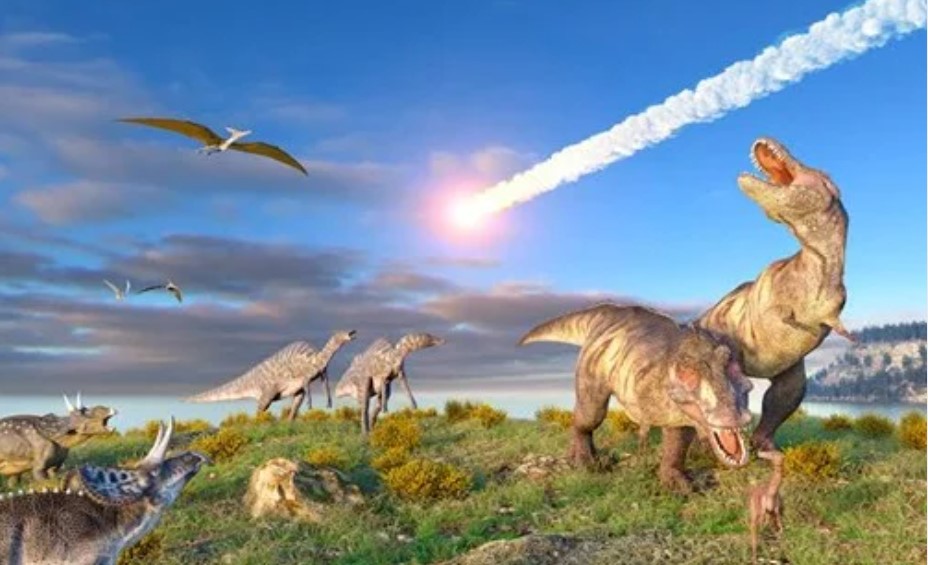
What would be the future of the Earth if dinosaurs did not extinct?
By Ahnaf Ahmed Prinon | 2025-06-22 04:51:41
About 65 million years ago, a great catastrophe struck the earth. The dinosaurs, the rulers of the earth at that time, who had roamed the earth for about 165 million years, suffered a sudden catastrophe. An asteroid about 9 miles wide (15 kilometers) from space crashed onto the coast of Mexico. As a result, a devastating tsunami began. Forests burned, the sky was filled with acid rain. Sunlight stopped, and plants stopped photosynthesis. In this dark and disastrous environment, about 75 percent of life on earth, including dinosaurs, became extinct.
But if that asteroid had avoided the Earth, what would the current landscape of the Earth be like? Would dinosaurs still be roaming the Earth?
According to paleontologists, the answer to this question is — ‘yes’. Because, dinosaurs have survived on Earth for about 165 million years, having faced many natural disasters before, such as — sea level fluctuations, sudden changes in temperature, volcanic eruptions, etc.
Today, evolved dinosaurs might have ruled the Earth. It would have been seen that clever raptors were planting their flags on the lunar soil. Dinosaur scientists might be discovering the principle of relativity. Although it sounds like cheap science fiction, it hides a deep and subtle philosophical question. The question is, was the emergence of humans on Earth just a matter of chance? Or was the emergence of these thinking, machine-using creatures on Earth a kind of inevitability?
The human brain, language, modern tools, and social interaction; all of these have made Homo sapiens the most advanced species on earth today. Today, there are about eight billion Homo sapiens spread across seven continents.
The question may arise, could dinosaurs survive in the cold, icy cold world? Could they have endured harsh weather conditions like the Ice Age?
Some dinosaur fossils have been found in areas where there was snowfall. However, most dinosaurs lived in relatively warm areas. However, some experts believe that there were some dinosaurs that could have successfully coped with the harsh realities of the Ice Age.
Many dinosaurs had feathers on their bodies. As a result, they could keep their bodies warm like mammals. Modern research has shown that some dinosaurs, such as Tyrannosaurus Rex, were warm-blooded. This means that they did not have to live at the mercy of the temperature of the environment, but could regulate their own body temperature.
Dinosaurs may have undergone similar adaptations to survive in extremely cold environments. For example, about 5 million years ago, the mammoth species emerged in South Africa. During the last ice age (about 800,000 years ago), when extreme cold spread across Eurasia, they developed thick, furry coats.
Dinosaurs may have also evolved to grow more feathers over time, or in some other way adapt to harsher climates.
💬 Comments
Login to comment.
mashaAllah very nice
2025-09-25 03:59:53